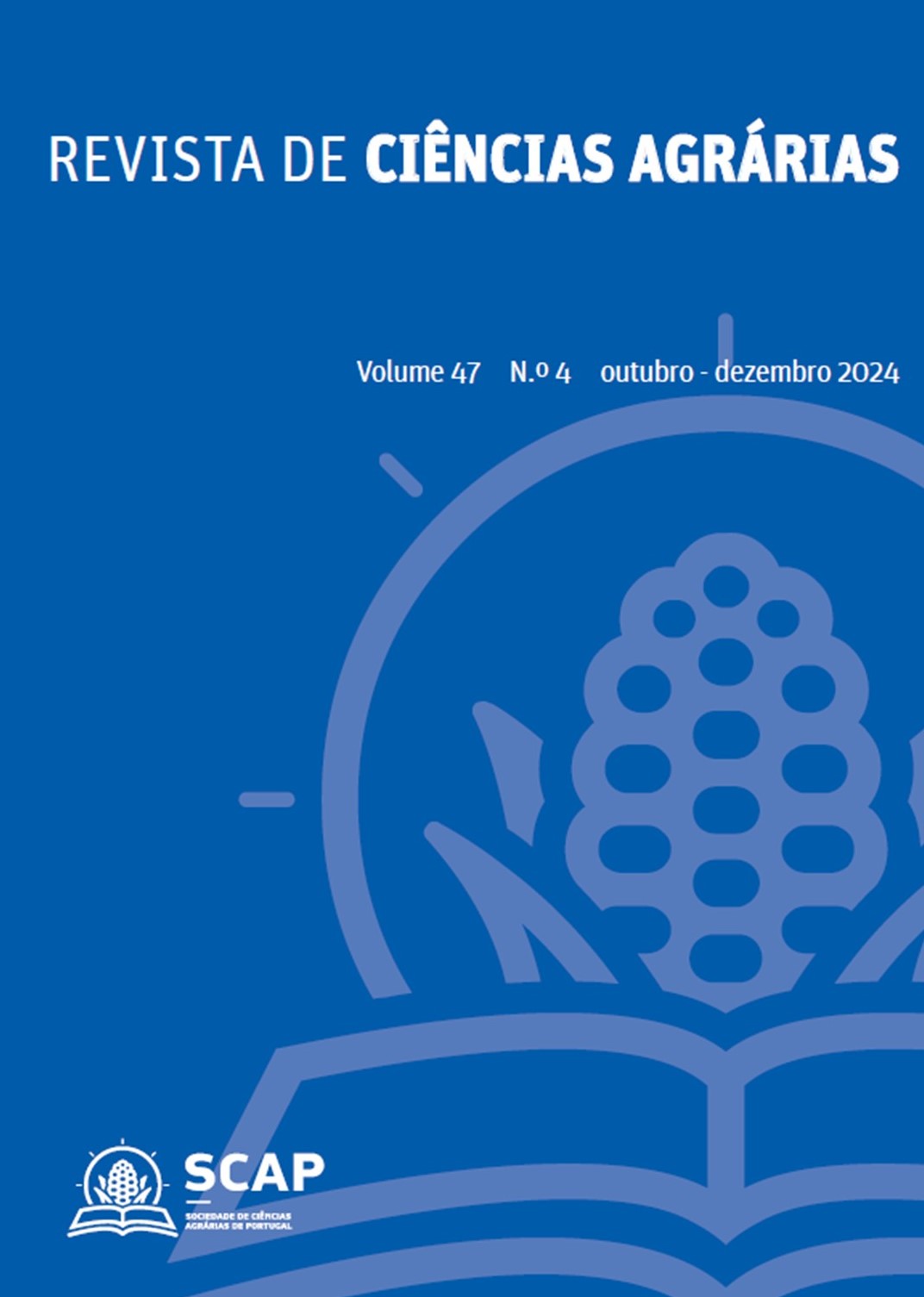Comparison of organic carbon determination methods in Portuguese soils
DOI:
https://doi.org/10.19084/rca.38529Abstract
Soil organic matter is fundamental for soil functions such as the regulation of carbon, nutrient and water cycles or its productive capacity. Monitoring this parameter, assessed by the organic C content (Corg), can be complex, given its slow evolution over time and high variability in space. Therefore, it is essential to define reliable methods for quantifying Corg in soil, allowing adequate monitoring. There are several methods for determining Corg in soil, including the Walkley-Black method and the dry combustion method. The first allows you to directly obtain Corg concentration in the soil, by calculating the amount of Cr3+ formed in the Corg oxidation reaction by , and subsequently measured by molecular absorption spectrophotometry. In the second method, the combustion of the sample transforms the C in CO2, which was measured by gas chromatography with thermal conductivity detection. The Corg content is calculated from the total C content, subtracting the inorganic C present in the form of carbonates. This study compares the results of these two methods with samples from different types of soil in the southern region of Portugal, with forestry and agricultural uses. The results show a high level of agreement between the two methods.


